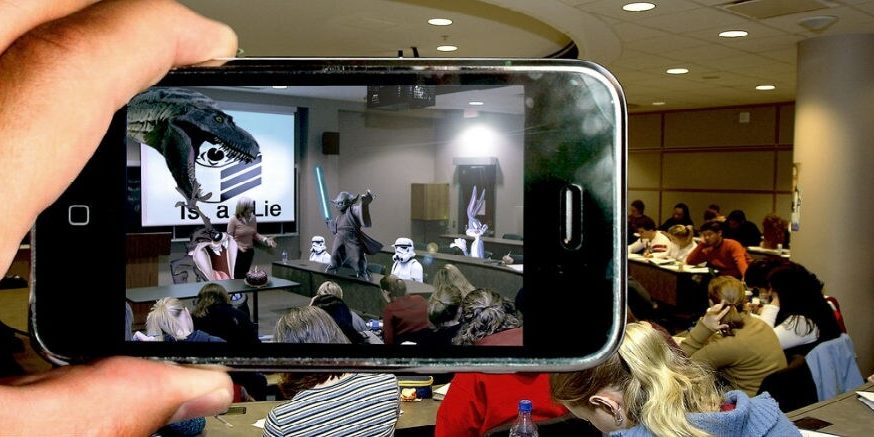After months of exploring your options, you’ve finally settled on using augmented reality (AR) technology for your new app. AR is just what you need to achieve your objectives with this application while simultaneously delivering a great user experience.
However, developing an augmented reality mobile app is no small feat, especially when you consider that AR is often used in conjunction with other emerging technologies such as natural language processing (NLP). NLP is the technology that’s responsible for Siri, Alexa and other virtual assistants. It is rather complex, and virtual assistants are largely device-specific, which means that achieving seamless integration can be tricky—especially if you’re building a hybrid app that will be used on multiple devices and operating systems.
AR is heavily tied to innovation and its cutting-edge nature means that many are unfamiliar with the key considerations and processes used to transform a concept into a finished application. So how will your developers go about creating an augmented reality app? Well, the entire process is centered around the three following questions.
How Will You Integrate Elements of Reality?
The decision of precisely how to integrate reality into your app is a key element you’ll need to consider as you begin the augmented reality app development process. Will you use a live feed from the mobile device’s camera hardware? Or will you leverage pre-captured footage, such as Google Earth imagery? Is the app going to pull data from a wearable device or another external piece of hardware?
After considering how you’ll integrate reality into your app, you’ll need to implement a strategy for achieving that integration. In cases where you use the device’s camera hardware, it’s fairly straightforward, but the process can be more complex if you’re pulling footage from Google Earth or another third-party source.
What Elements Will Be Augmented?
Now that you’ve determined a strategy for integrating reality into your app, you’ll need to address the other element in the AR equation: augmentation! An AR app blends elements of reality with augmented digital elements, so how will you augment reality in your mobile app? It seems like a simple question, but it’s an issue that’s at the heart of your development project, whether you’ll be generating an anatomical overlay when the camera detects a body part or adding digital signposts at specific GPS locations.
After you’ve established exactly how you’ll augment reality, you’ll need to work with your developers to determine what real-life events will be associated with those augmented digital elements. If you’re building a virtual tailor app that captures your measurements for a garment, then you would need to develop coding that allows the app to recognize a human body and determine scale. On the other hand, if you’re creating an AR mobile app that provides virtual signposts or a virtual tour guide, then you would need to enable the app so it can tap into the mobile device’s GPS hardware to detect the current location.
Once you identify the precise type of augmentation you’re seeking, your developer will help you determine how to best achieve that AR functionality.
How Will the User Interact With the App?
User interaction is the third critical aspect of the augmented reality app development process, as you’ll need to build a user interface (UI) that’s intuitive and easy to use. A list of desired functionalities and features can serve as a wonderful starting point that will allow you to begin a dialogue with your mobile app developer.
Will the user launch the app and hit a button? Will the user receive push notifications when they arrive at a specific location as determined by its GPS coordinates? Will the user need to place a penny against their skin to provide the device with a reference point for scale and measurements? Can the user activate the app by shouting instructions to the device’s virtual assistant? You’ll need to determine the exact processes and actions a user will be asked to perform in order to use the mobile app. Once that process is streamlined and refined, your developer can create a solid plan for creating the app.
These three critical aspects of the augmented reality app building process must be addressed with your developer before you can arrive at a solid price estimate and timeframe for the project.
Finding the Perfect AR Mobile App Development Company
Choosing the right mobile app developer for your augmented reality app is key, as you need a solid strategy and a development team that’s comfortable with this complex emerging technology. At 7T, we specialize in the latest cutting-edge technology, including virtual reality, artificial intelligence and predictive analytics. This means we’re equipped with all the tools and skills needed to build your new AR app.
Headquartered in Dallas, 7T also has regional office locations in Austin and Houston. But our clientele isn’t limited to Texas; we work with clients across the United States. If you’re ready to start the AR mobile app development process, contact 7T today.









